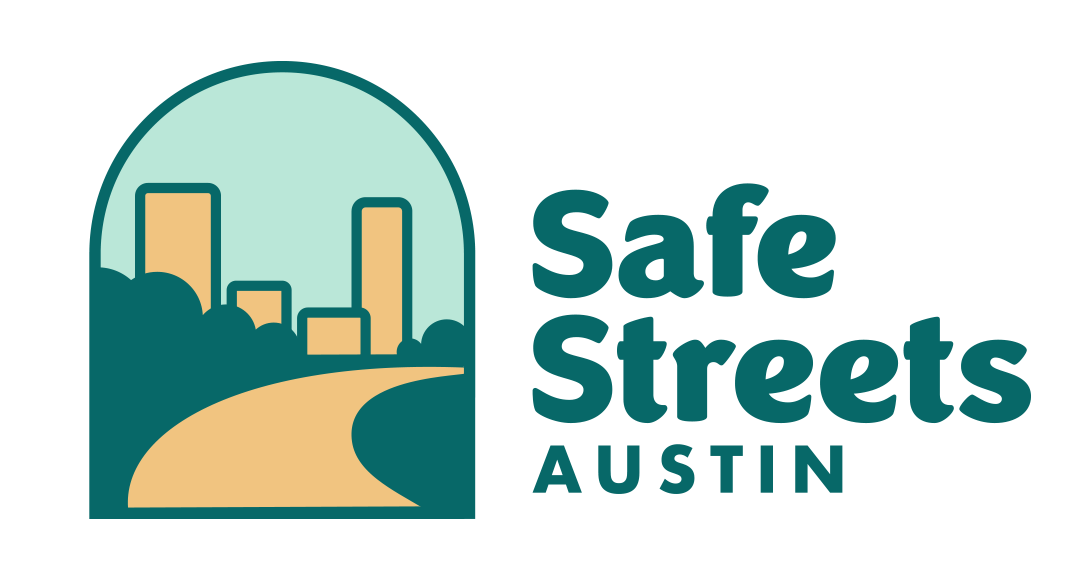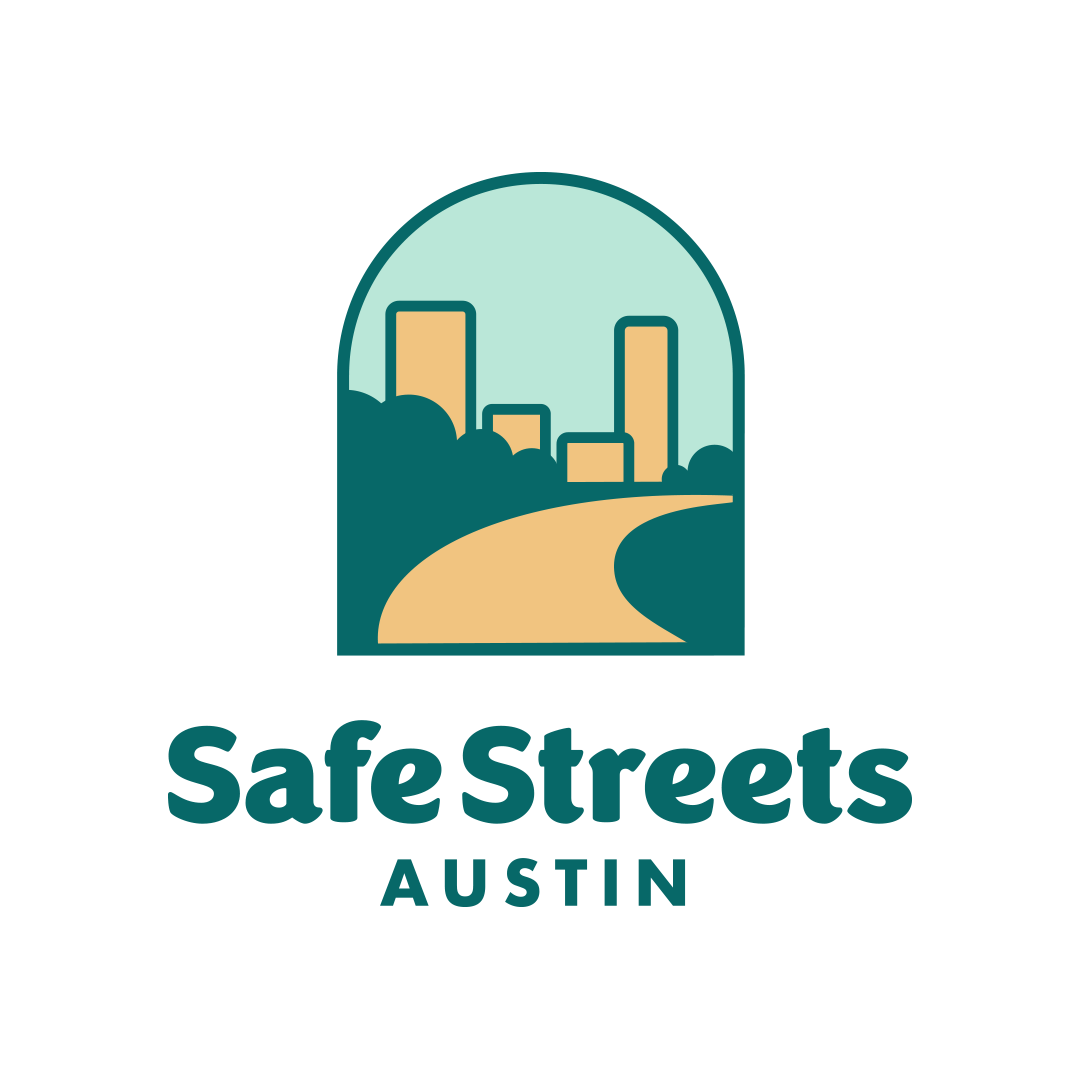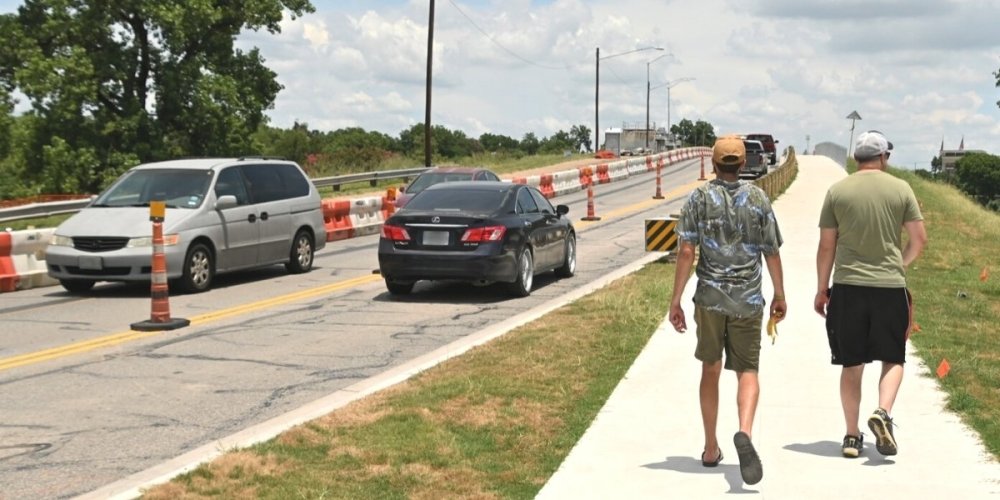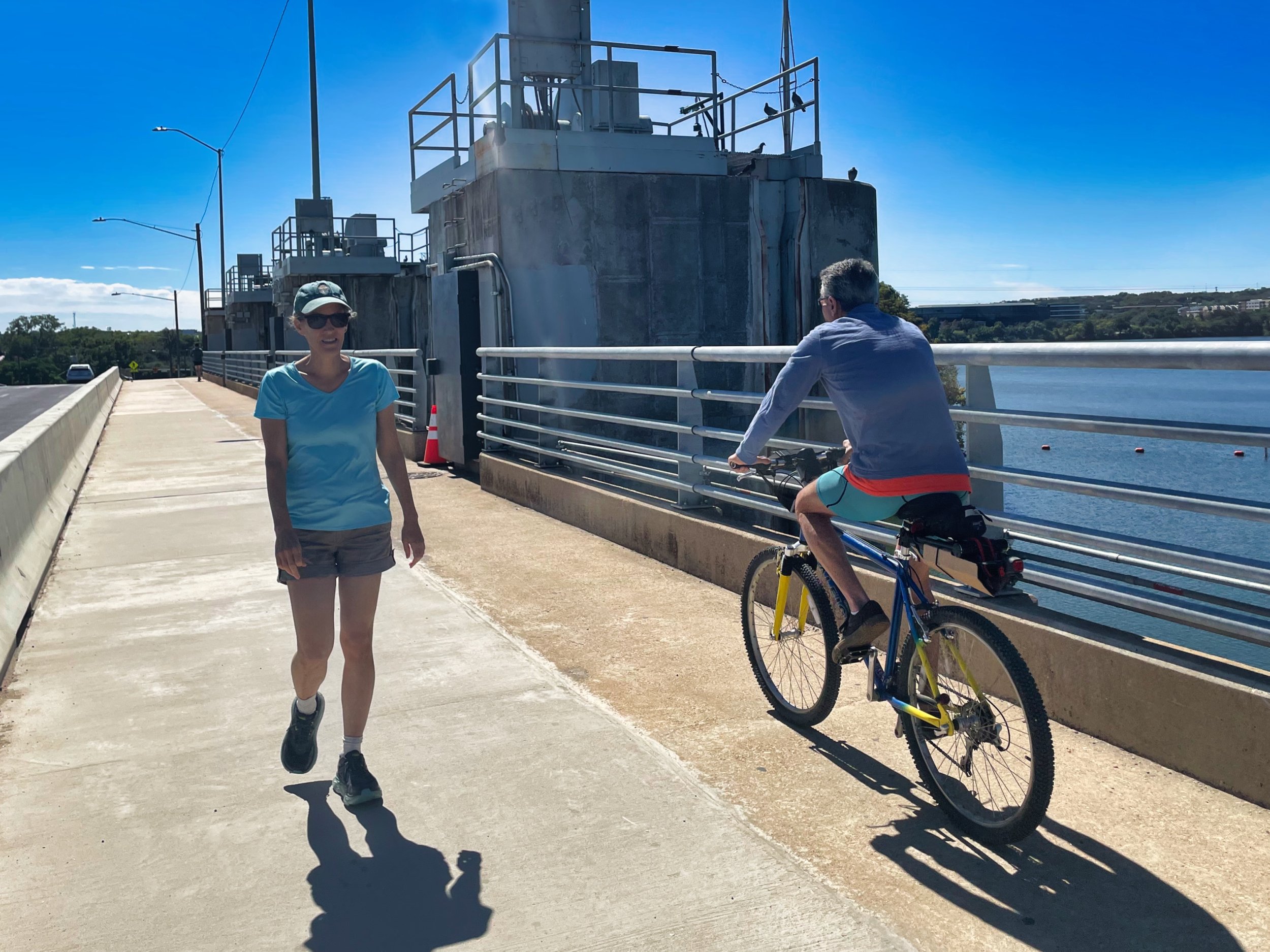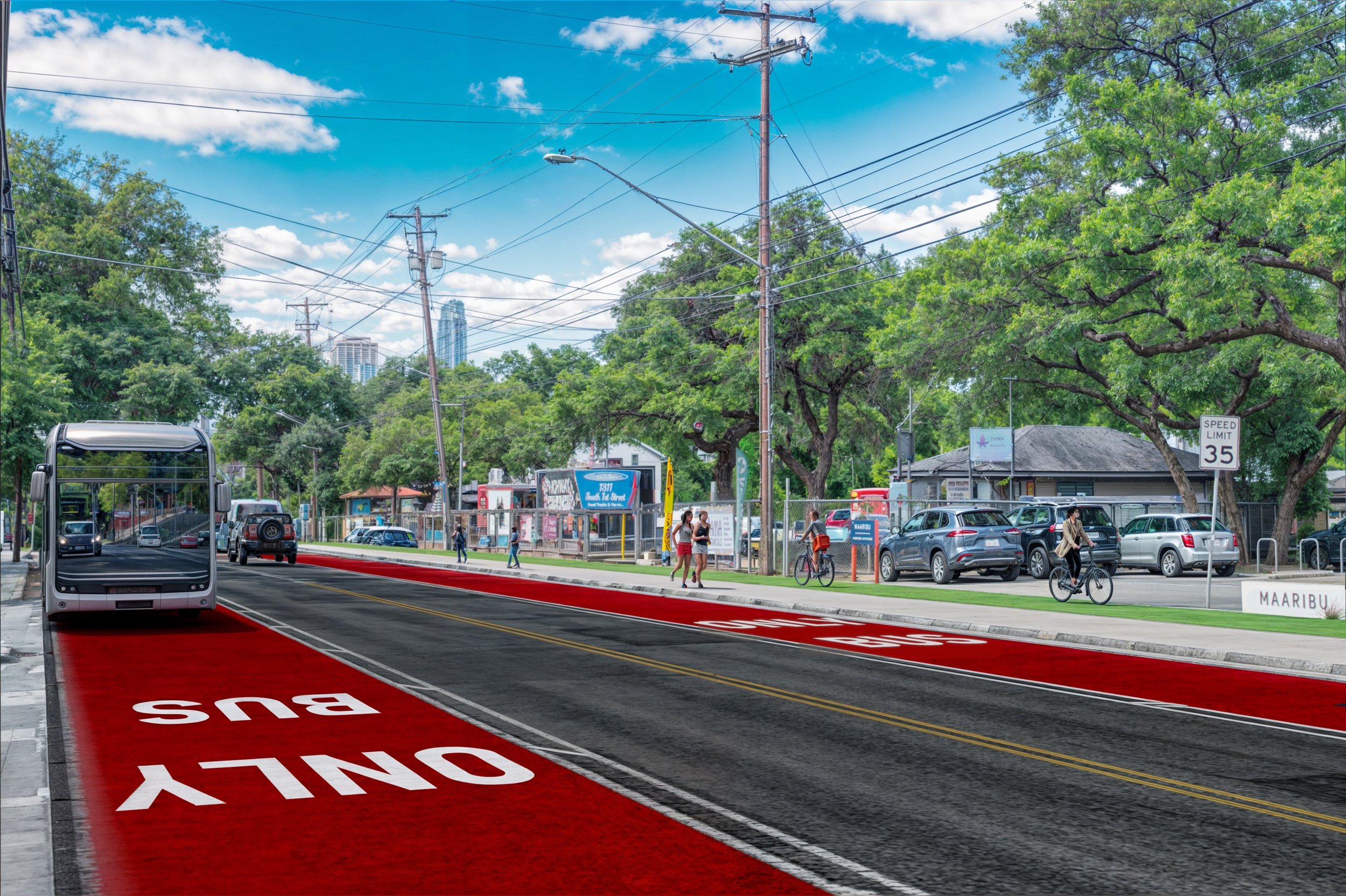
About CityLeap
Austin’s Arterials Are Central to a Better Future
Right now, Austin’s arterials are letting us all down.
They’re dangerous and unpleasant. A disproportionate number of fatal and serious crashes happen on Austin’s arterials.
They force people to drive. All other transportation modes are too dangerous or snarled in traffic. This is a big problem for those who can’t or don’t drive.
They’re bad for moving people. By prioritizing low-occupancy automobile trips, these arterials move fewer people per lane than bicycle or transit lanes.
They’re polluting and bad for the climate. Transportation is Austin’s #1 source of carbon emissions, which continue to cause extreme weather events.
Rapidly upgrading these arterials will be central to Austin’s future.
Austin’s arterials are:
The simplest, most direct routes across town
The biggest opportunities for increasing transportation choice, including better transit, bicycling, and walking, and reducing carbon emissions
Home to many destinations, including workplaces and local businesses
To Win a Better Future, Let’s Think Big.
Let’s CityLeap.
The CityLeap Plan
Convert one or more vehicle lanes on every City of Austin-owned arterial within five years to either:
Bus lanes (with bicycle-pedestrian paths at the sidewalk level); or
Protected bike lanes
Examples of arterials
Menchaca Road
Oltorf Street
S 1st Street
E MLK Boulevard
Burnet Road
William Cannon
W 45th Street
E 51st Street
Here’s What That Means
Converting 1+ lanes on
130 miles
Of arterial roadways
The CityLeap network (proposed)
Blue lines: Bus lanes & bicycle-pedestrian paths
Green lines: Protected bicycle lanes
Resulting In:
71 miles
Of bus-priority lanes
45 miles
Of shared use paths
57 miles
Of protected bicycle lanes
CityLeap Would Be Huge, Not Just For the Environment
Lightning-fast buses & new direct bike routes
No more buses stuck in traffic! Instead, Austin’s bus system would operate more like a subway, zipping down arterials like Burnet Road. And trips for people on bikes would be shorter, more direct, and safer.
Shorter travel times for everybody (incl. drivers)
Vehicle lanes can move as few as 600 people an hour, whereas protected bike lanes and transit lanes can move ten times that. Transit/bike lanes also means smoother trips in the driving lane.
Faster emergency response times
Emergency vehicles could use the bus lanes too, meaning a dramatic improvement in response times, especially during peak travel periods.
CityLeap could pay for itself within months
When a lane conversion was implemented over the Longhorn Dam Bridge, the project took just four months to pay for itself through crash cost savings to society. CityLeap could see similar results.
Austin is Ready To Leap!
Read on to find out why the time for CityLeap is now.
